Farming on the Aran Islands is a labour-intensive, low-output agricultural system, with farms having a very fragmented structure. Eligibility is a key issue for farmers because the land has a high rock cover. It is, however, a high nature value agricultural system that contributes directly to tourism on the island and maintains an important range of habitats and rare plant species.
The AranLIFE project came about because existing agri-environment schemes were not addressing the issues facing the type of farming system on the Aran Islands. By working with farmers, a project team came up with ways of addressing some of the issues and applied to the EU LIFE unit for co-funding.
“Our work is a project, not a scheme and not funded from the Rural Development Programme, but there is an onus to have suitable structures in place after the programme is finished at the end of 2017 and that is where we feel LLAES could fit,” said Dr Patrick McGurn, project manager.
“The AranLIFE project will have gathered the information required along with costings to have a scheme that meets the needs of a high nature value (HNV) farmland like the Aran Islands. Such systems have a lower agricultural output but offer a range of other services, such as biodiversity, genetic seed bank and tourism. So the continuation of agriculture on the islands is very important.”
The budget for the AranLIFE project is €2.6m over the course of four years. A total of 75% of the project funding will come from the European Union’s LIFE funding programme for the environment, while the remaining 25% is being contributed by various partners, including the Department of Arts, Heritage and the Gaeltacht (DAHG); Teagasc; the Department of Agriculture, Food and the Marine (DAFM); Fáilte Ireland; Galway County Council; and the Heritage Council.
“Agri-environmental schemes were never envisaged as a simple support payment but as a method of aiding farmers to manage land and conserve HNV farmland dependent on agriculture,” said McGurn.
“Therefore, it makes sense to target this money to the areas that contain such land, therefore there is a real need for LLAES.”
The day-to-day operation of the project is being run by a project team that is based in an office on Inis Oírr. The team reports to a project steering committee operating under the DAHG, which oversees, guides and supports the work of the project team. Teagasc is also a partner in the project.
Farming on an island
“The Aran Islands are slightly different to a lot of places because intensification is not really an option,” said McGurn, adding that lower than optimum grazing was leading to enhanced scrub encroachment and damaging habitats.
“The main issues were access because the farms are very fragmented, a lack of water and mineral deficiencies, leading to less than optimal grazing that resulted in heavy scrub encroachment, and a loss of the valuable grassland habitats.”
While small amounts of hay and silage may be made, farming is mainly based on building up a bank of grass that can be grazed throughout winter.
“We have a one to five score to encourage farmers to maximise grazing,” said McGurn. “A field that is one would have a minimal amount of scrub and there would be no threats to habitats, so it is in good condition. We give information and advice on the management of the grassland based on the information we have obtained through the course of the project.
‘‘Any LLAES should incorporate an advisory and information element. Farmers know how to manage these grasslands but an advisory element is an important help. The production of species-rich grassland is no different,” he said.
Traditionally, hay was cut with a scythe or strimmers and put up on to the walls to dry.
“The hours it takes to do that makes it cheaper to buy it from the mainland,” said McGurn. “But then you’re introducing weed species and you’re changing the nutrient element because you’re bringing nutrients in. There are incentives to make hay under GLAS but that is costed for those who can go in with a tractor. If you take the hours of cutting with a scythe or strimmer, it’s completely different. So if we want to keep these species-rich hay meadows, we need a more local approach.”
Best practice
Sixty-eight of the 224 farmers on the islands are partaking in the AranLIFE project, demonstrating best practice over a range of conditions. From this, they hope to produce a ready-made agri-environmental scheme based on the work they have done with the farmers.
“Each farmer has a farm plan, a bit like the Burren, with a list of works they have to do,” he said.
“Clearing scrub could be one of them or opening boreens, and all this work has to be done by hand. Anything we do has to be over and above the Basic Payment Scheme and other agri-environmental schemes.”
The farmers do the work and then the AranLIFE project pays them an agreed cost. With each European LIFE project, an After LIFE report must be published and there is a certain commitment from the government bodies to consider the best approach.
Payments to Burren farmers
Payments totalling over €950,000 have been issued to the 156 farmers involved in the Burren Farming for Conservation Programme, which was profiled over the last two weeks and can be found on www.farmersjournal.ie.
Three islands: Inis Mór, Inis Meáin and Inis Oírr. Area: 4,330ha. Over 75% of the total land area is designated as a Special Area of Conservation (SAC) under the EU Habitats Directive. In 2000, the area farmed was recorded as 3,025ha across 224 farms on the three islands, indicating an average size of approximately 13.5ha, significantly below the national average of 31.4ha (CSO 2000). Cattle are sold as yearlings to dealers and transported to the mainland for finishing. Average stocking rate is half a livestock unit per hectare. Bertie Joyce is a drystock farmer with 12 suckler cows on Inis Mór. He has been involved in the AranLIFE project since the start.
“Scrub clearance is a major part of it,” said Joyce, who is also in GLAS.
“I had one field where 80% of it was gone due to scrub. The AranLIFE project pays me to clear it and I do the work myself. The payment depends on how heavy the scrub is and you get so much per hectare to clear.”
Winterage
He explains that the winterage is on the rocky side of the island and then the cows are brought to better land closer to the farmyard near calving time. He hopes that the AranLIFE project will make it easier for young people to farm through labour-saving tools, allowing them to have another job on the island.
“I think AranLIFE has brought a lot of farmers together. You can see the changes in the flora and fauna already.”
Moving forward, he said that farmers on the islands need to see a scheme that is “specific to what farmers need on the island instead of something that is pushed down from the Department”.
Farming on the Aran Islands is a labour-intensive, low-output agricultural system, with farms having a very fragmented structure. Eligibility is a key issue for farmers because the land has a high rock cover. It is, however, a high nature value agricultural system that contributes directly to tourism on the island and maintains an important range of habitats and rare plant species.
The AranLIFE project came about because existing agri-environment schemes were not addressing the issues facing the type of farming system on the Aran Islands. By working with farmers, a project team came up with ways of addressing some of the issues and applied to the EU LIFE unit for co-funding.
“Our work is a project, not a scheme and not funded from the Rural Development Programme, but there is an onus to have suitable structures in place after the programme is finished at the end of 2017 and that is where we feel LLAES could fit,” said Dr Patrick McGurn, project manager.
“The AranLIFE project will have gathered the information required along with costings to have a scheme that meets the needs of a high nature value (HNV) farmland like the Aran Islands. Such systems have a lower agricultural output but offer a range of other services, such as biodiversity, genetic seed bank and tourism. So the continuation of agriculture on the islands is very important.”
The budget for the AranLIFE project is €2.6m over the course of four years. A total of 75% of the project funding will come from the European Union’s LIFE funding programme for the environment, while the remaining 25% is being contributed by various partners, including the Department of Arts, Heritage and the Gaeltacht (DAHG); Teagasc; the Department of Agriculture, Food and the Marine (DAFM); Fáilte Ireland; Galway County Council; and the Heritage Council.
“Agri-environmental schemes were never envisaged as a simple support payment but as a method of aiding farmers to manage land and conserve HNV farmland dependent on agriculture,” said McGurn.
“Therefore, it makes sense to target this money to the areas that contain such land, therefore there is a real need for LLAES.”
The day-to-day operation of the project is being run by a project team that is based in an office on Inis Oírr. The team reports to a project steering committee operating under the DAHG, which oversees, guides and supports the work of the project team. Teagasc is also a partner in the project.
Farming on an island
“The Aran Islands are slightly different to a lot of places because intensification is not really an option,” said McGurn, adding that lower than optimum grazing was leading to enhanced scrub encroachment and damaging habitats.
“The main issues were access because the farms are very fragmented, a lack of water and mineral deficiencies, leading to less than optimal grazing that resulted in heavy scrub encroachment, and a loss of the valuable grassland habitats.”
While small amounts of hay and silage may be made, farming is mainly based on building up a bank of grass that can be grazed throughout winter.
“We have a one to five score to encourage farmers to maximise grazing,” said McGurn. “A field that is one would have a minimal amount of scrub and there would be no threats to habitats, so it is in good condition. We give information and advice on the management of the grassland based on the information we have obtained through the course of the project.
‘‘Any LLAES should incorporate an advisory and information element. Farmers know how to manage these grasslands but an advisory element is an important help. The production of species-rich grassland is no different,” he said.
Traditionally, hay was cut with a scythe or strimmers and put up on to the walls to dry.
“The hours it takes to do that makes it cheaper to buy it from the mainland,” said McGurn. “But then you’re introducing weed species and you’re changing the nutrient element because you’re bringing nutrients in. There are incentives to make hay under GLAS but that is costed for those who can go in with a tractor. If you take the hours of cutting with a scythe or strimmer, it’s completely different. So if we want to keep these species-rich hay meadows, we need a more local approach.”
Best practice
Sixty-eight of the 224 farmers on the islands are partaking in the AranLIFE project, demonstrating best practice over a range of conditions. From this, they hope to produce a ready-made agri-environmental scheme based on the work they have done with the farmers.
“Each farmer has a farm plan, a bit like the Burren, with a list of works they have to do,” he said.
“Clearing scrub could be one of them or opening boreens, and all this work has to be done by hand. Anything we do has to be over and above the Basic Payment Scheme and other agri-environmental schemes.”
The farmers do the work and then the AranLIFE project pays them an agreed cost. With each European LIFE project, an After LIFE report must be published and there is a certain commitment from the government bodies to consider the best approach.
Payments to Burren farmers
Payments totalling over €950,000 have been issued to the 156 farmers involved in the Burren Farming for Conservation Programme, which was profiled over the last two weeks and can be found on www.farmersjournal.ie.
Three islands: Inis Mór, Inis Meáin and Inis Oírr. Area: 4,330ha. Over 75% of the total land area is designated as a Special Area of Conservation (SAC) under the EU Habitats Directive. In 2000, the area farmed was recorded as 3,025ha across 224 farms on the three islands, indicating an average size of approximately 13.5ha, significantly below the national average of 31.4ha (CSO 2000). Cattle are sold as yearlings to dealers and transported to the mainland for finishing. Average stocking rate is half a livestock unit per hectare. Bertie Joyce is a drystock farmer with 12 suckler cows on Inis Mór. He has been involved in the AranLIFE project since the start.
“Scrub clearance is a major part of it,” said Joyce, who is also in GLAS.
“I had one field where 80% of it was gone due to scrub. The AranLIFE project pays me to clear it and I do the work myself. The payment depends on how heavy the scrub is and you get so much per hectare to clear.”
Winterage
He explains that the winterage is on the rocky side of the island and then the cows are brought to better land closer to the farmyard near calving time. He hopes that the AranLIFE project will make it easier for young people to farm through labour-saving tools, allowing them to have another job on the island.
“I think AranLIFE has brought a lot of farmers together. You can see the changes in the flora and fauna already.”
Moving forward, he said that farmers on the islands need to see a scheme that is “specific to what farmers need on the island instead of something that is pushed down from the Department”.




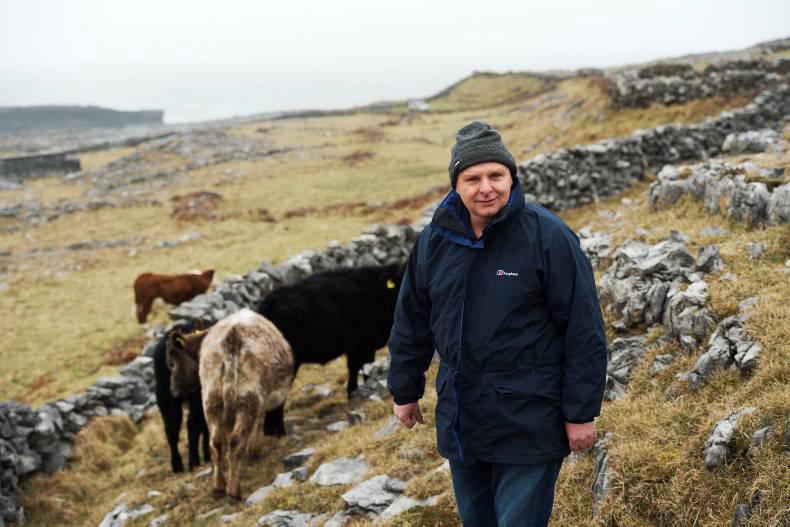
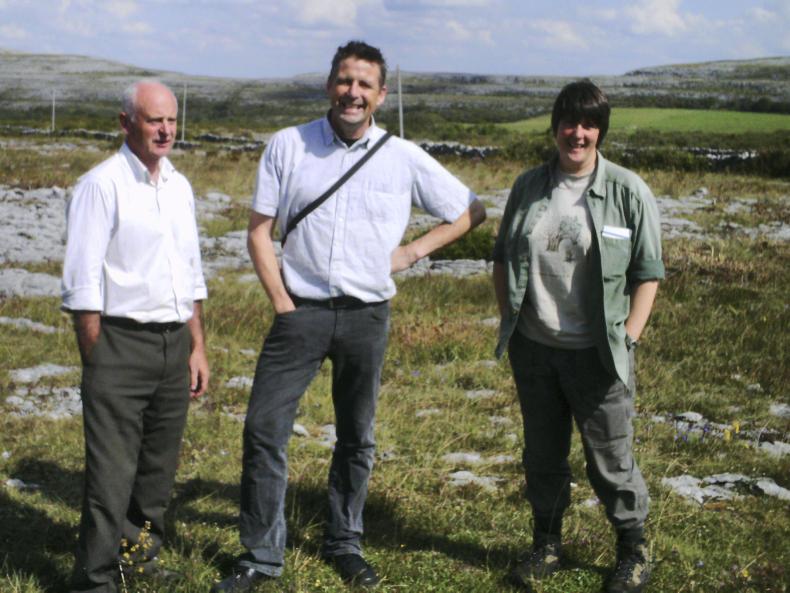
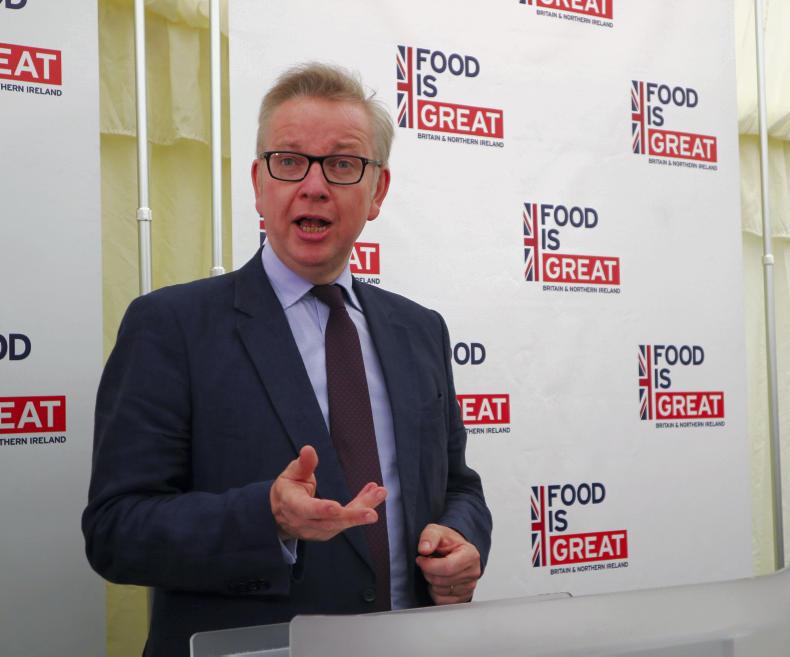
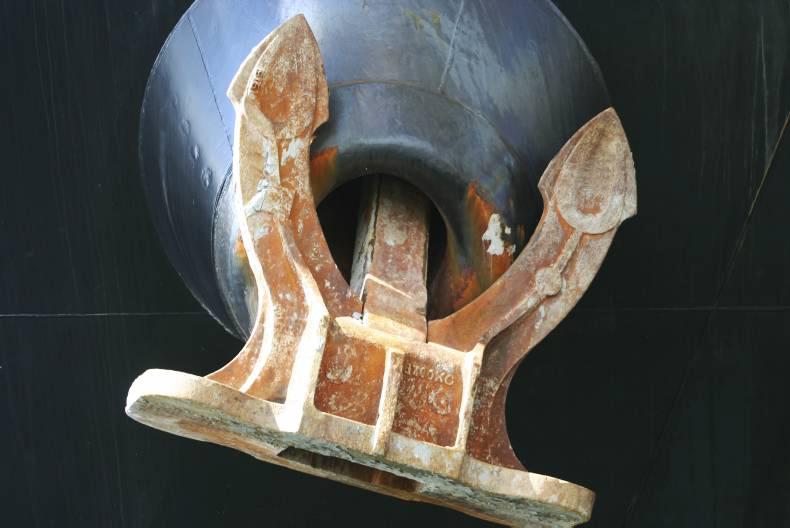
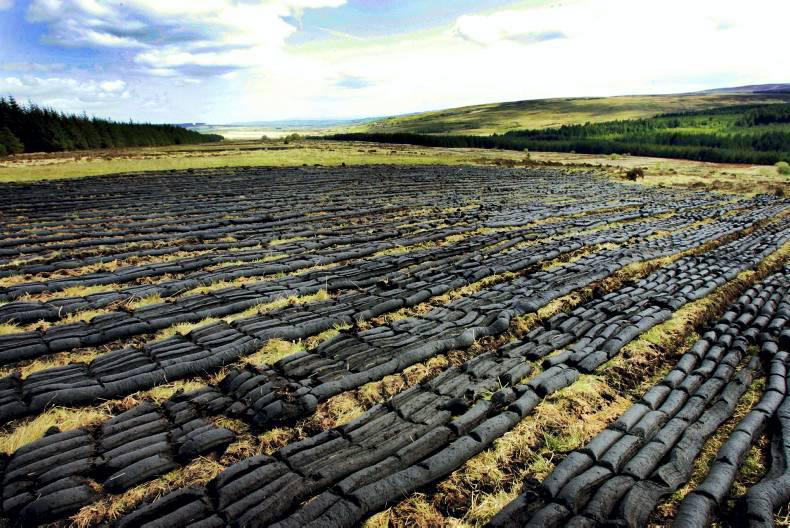
SHARING OPTIONS